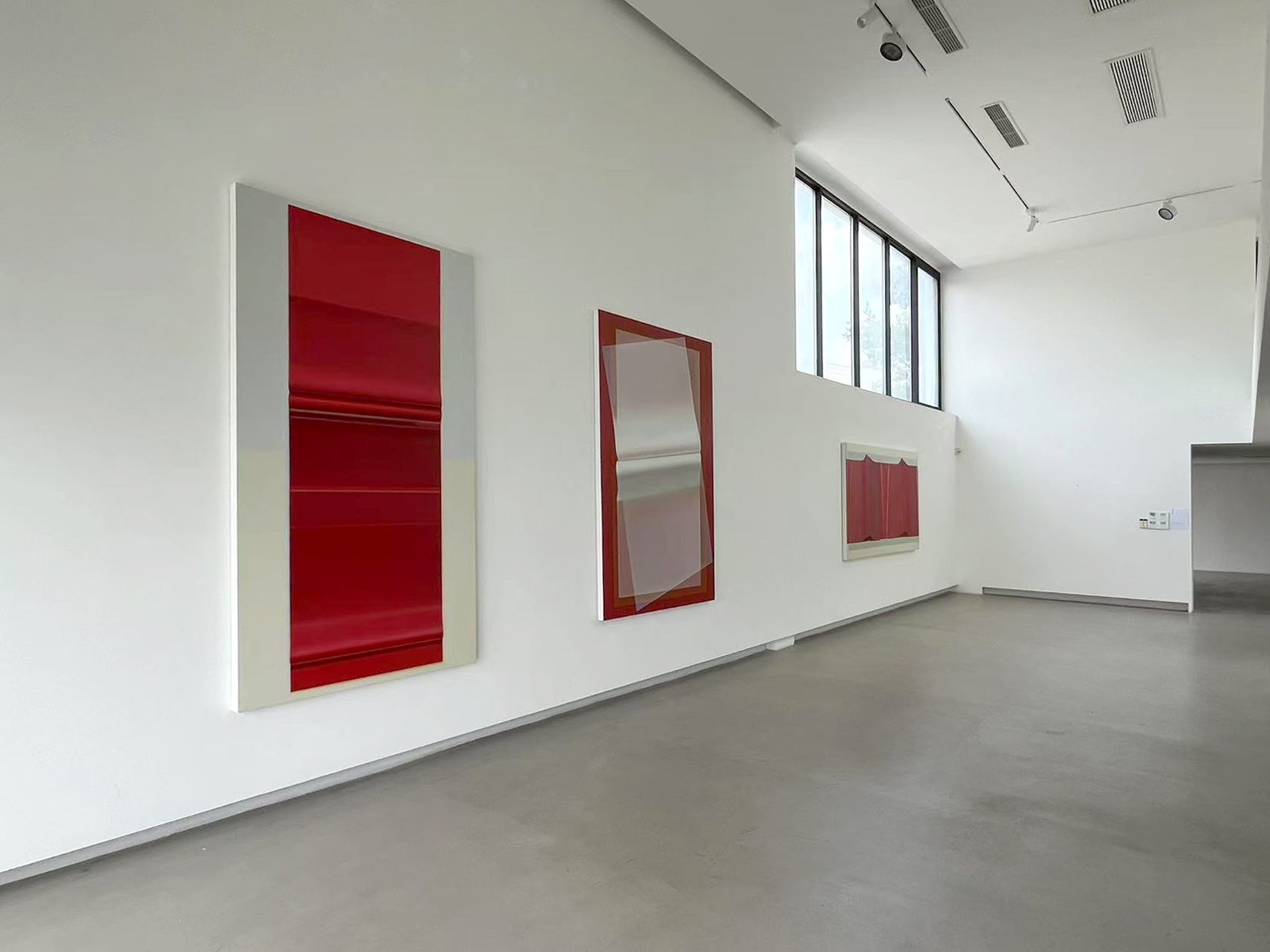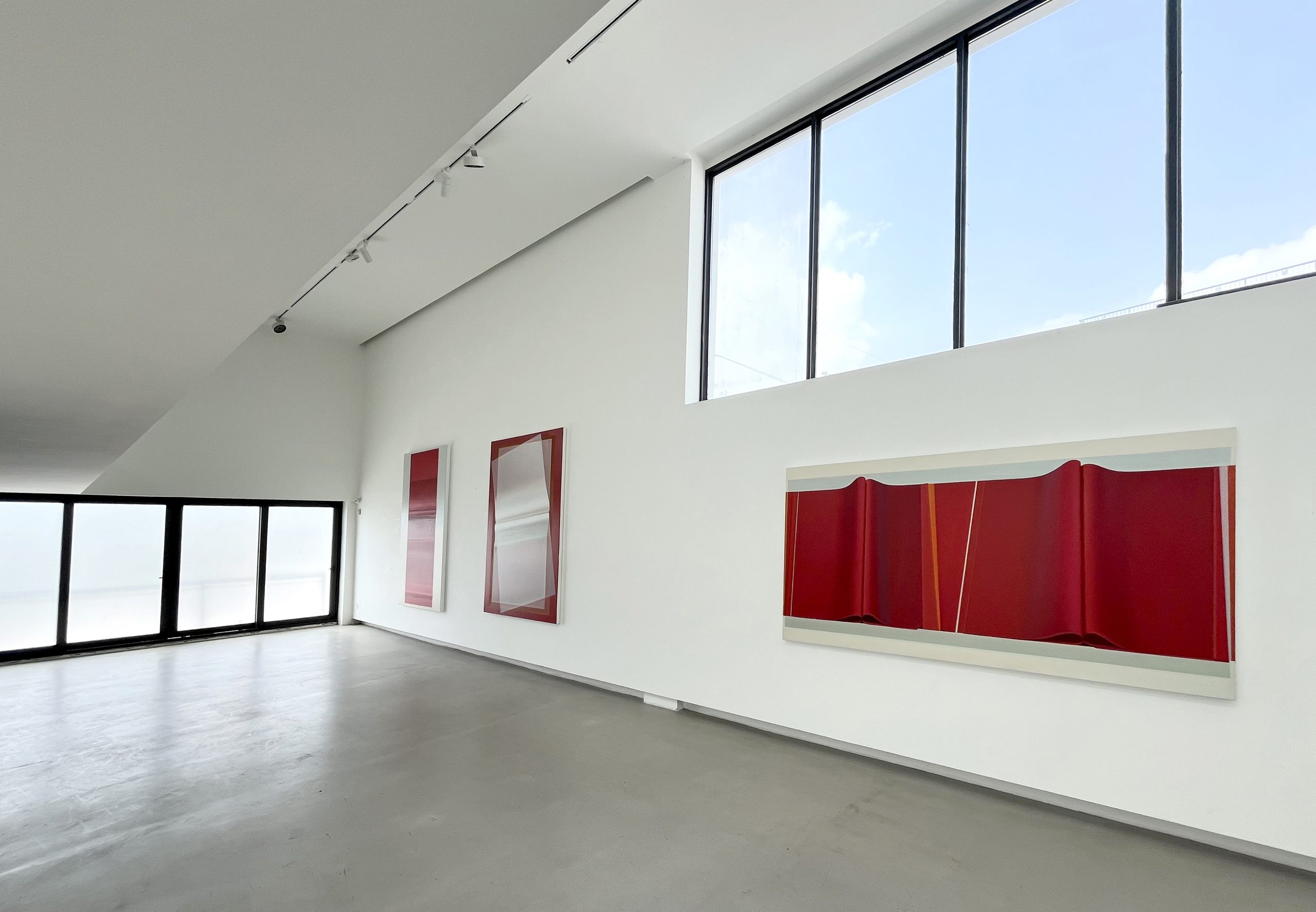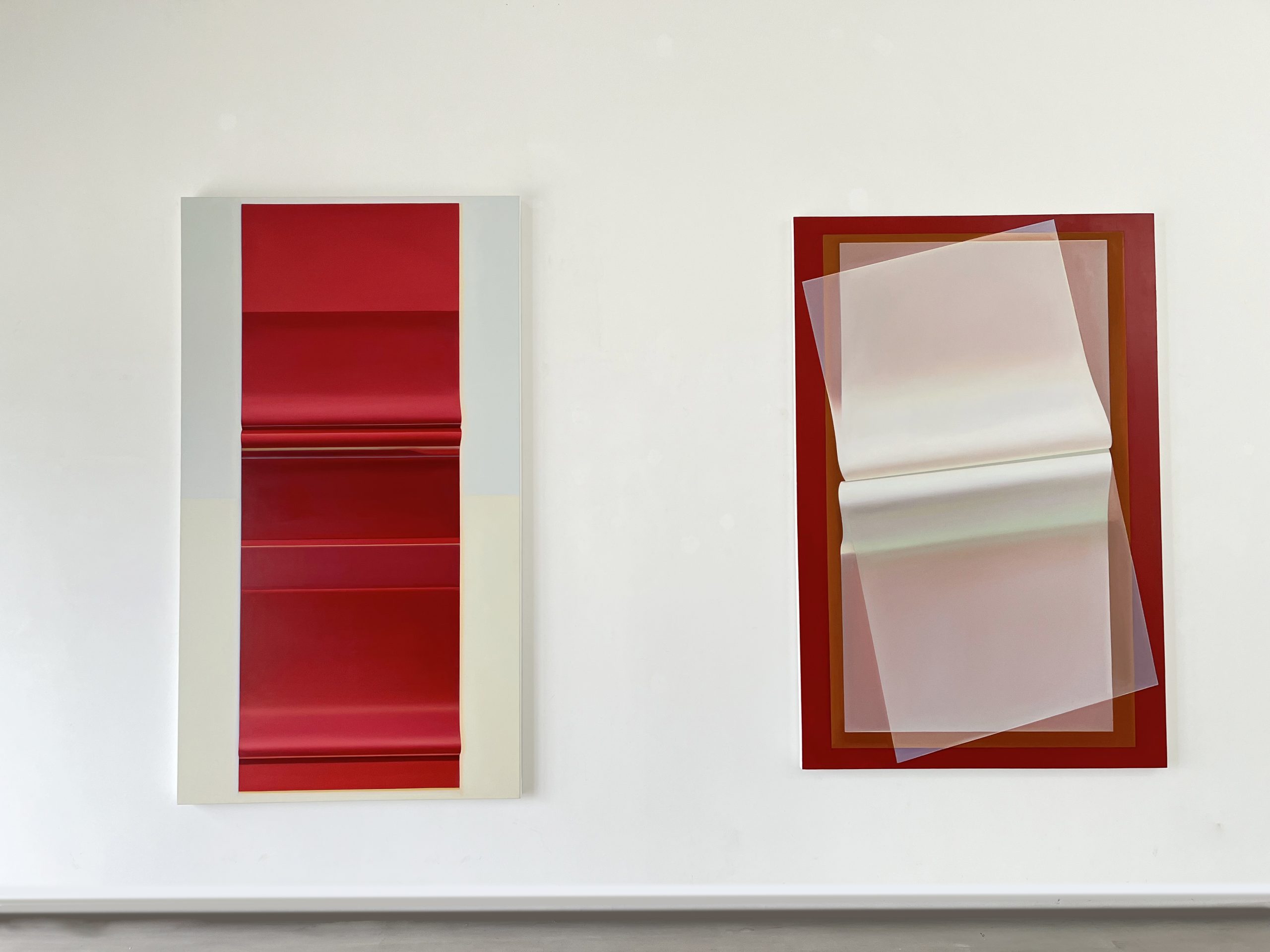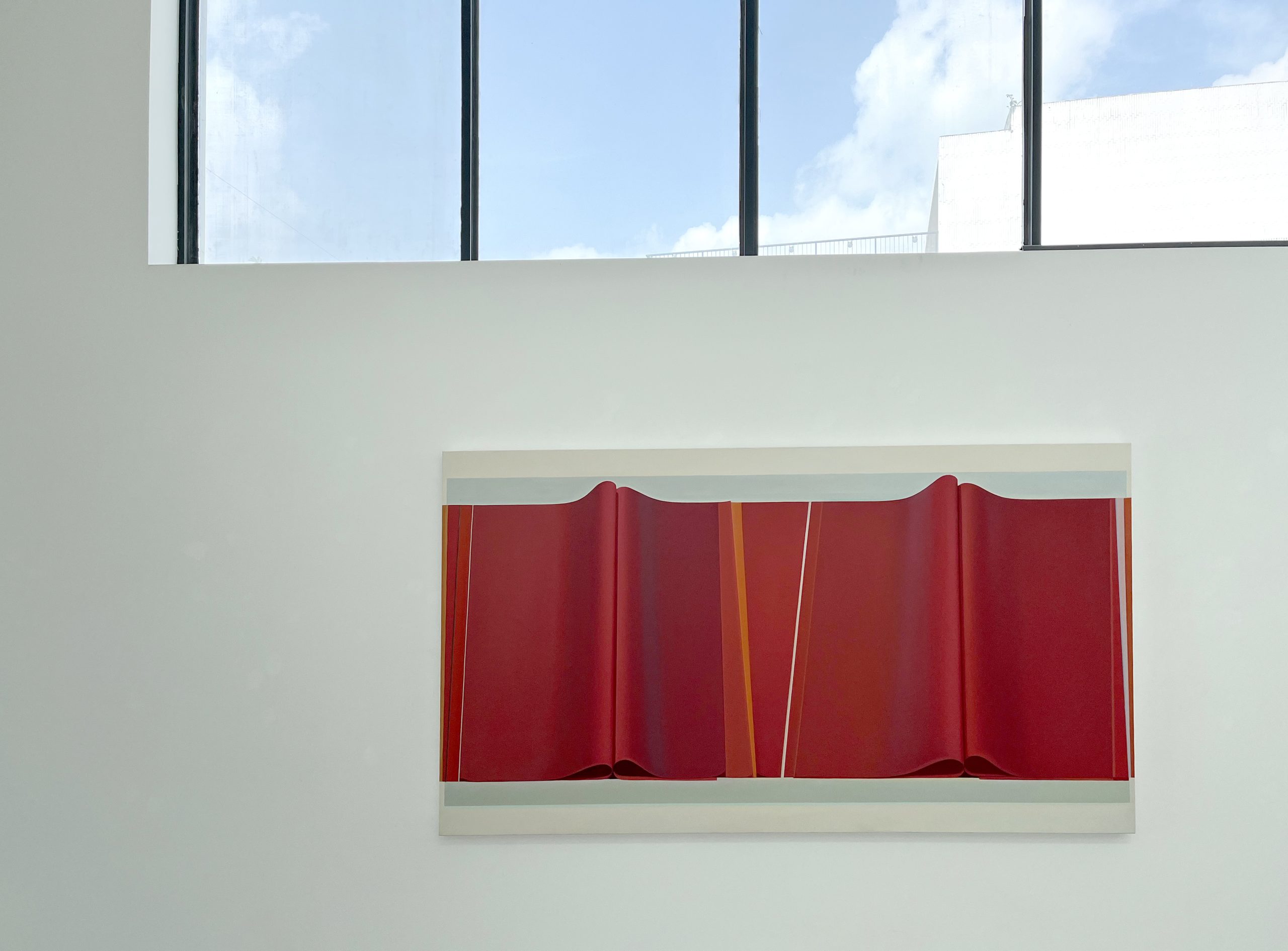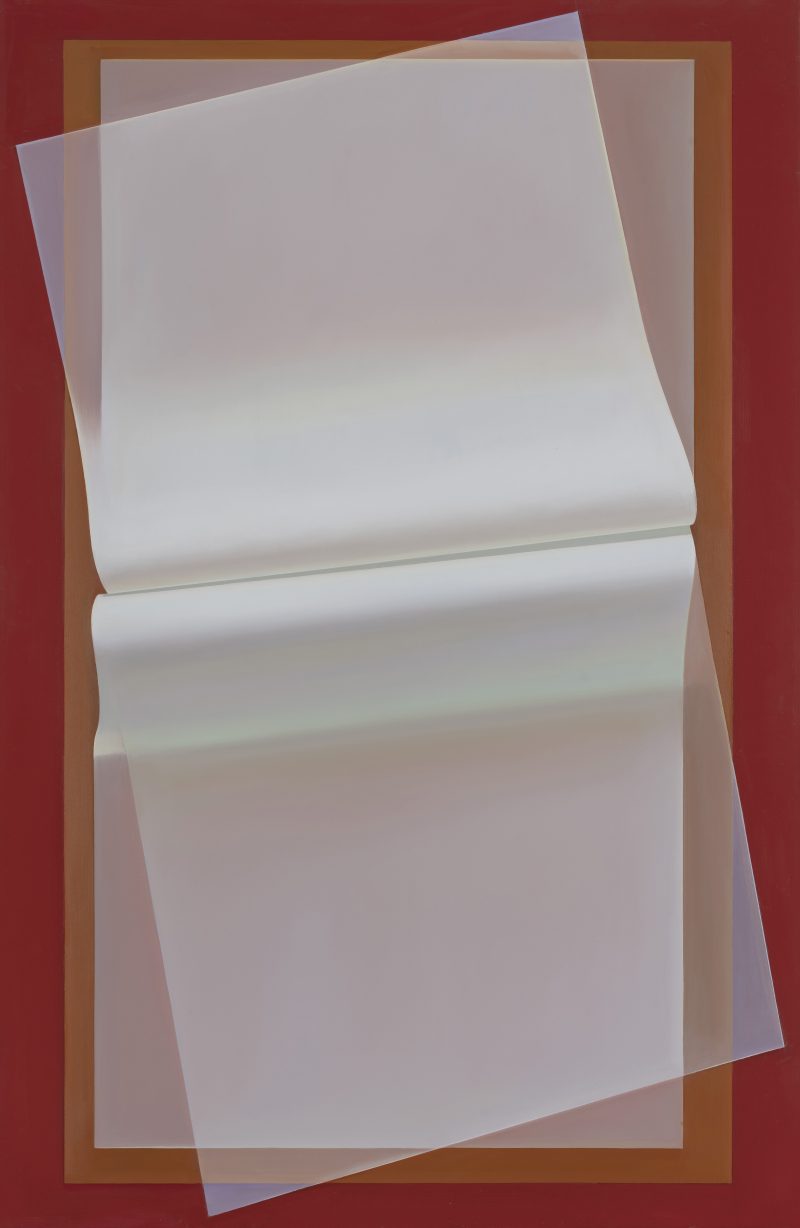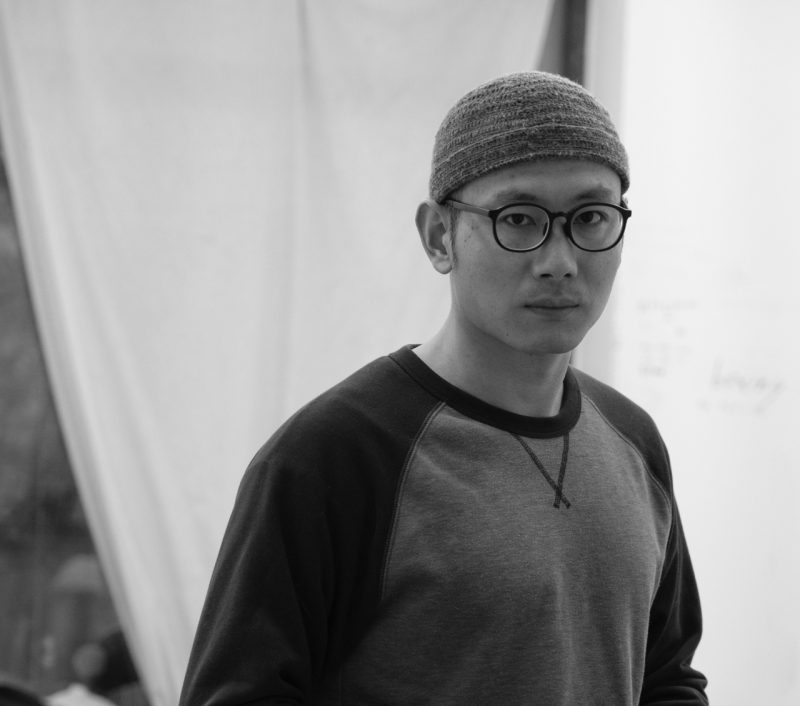The Consciousness of Painting
LIU Cong
Curator: Lan Qingwei
Group Exhibition, HE DUOLING Art Museum, Chengdu
The linear developmental logic of Western art history makes it easy for us today to define artists like Malevich, Rothko, and others with similar non-figurative styles as abstract artists. While art historians have constructed a linear narrative for today’s readers, the past may have been richer and more elusive than it appears today. Based on time and style, the comprehensive development of society and the richness of individual personality often exist as two parallel worlds. Although biographies of individual personalities abound, in the parallel development of art at the micro and macro levels, the macro perspective is far more extensive than the micro. Macro history is suited for a god’s-eye view of historical overviews, while the micro’s vitality lies in the immediacy of being immersed in the present. Therefore, when we use art history to evaluate contemporary works as a matter of course, there is always an uncomfortable sense of forcing a square peg into a round hole; what is even more challenging is how to extract the universal and macro from the micro of the present.
Upon seeing the exhibition title “The Consciousness of Painting,” many people will likely think of two art historians and philosophers associated with it: first, Riegl’s “artistic will.” In his work “The Late Roman Arts and Crafts,” Riegl discussed the shift from “tactile” to ‘visual’ in late Roman arts and crafts. In his view, this shift stemmed from the “artistic will,” an intrinsic aesthetic will of the era, a theory that expanded the existing methods of art history research at the time. The other is Freud, the psychologist renowned for his work *The Interpretation of Dreams*, who pioneered the psychoanalysis of art. Terms such as “unconscious, subconscious,” and “ego, id, superego” are still widely used in the analysis of artistic works today. Following Freud, Lacan’s “symptom” theory seems more suited to the four artists featured in *The Consciousness of Painting*.
The four artists selected for *The Consciousness of Painting* share a common and prominent feature in their creations: a focus on the painterly—rather than decorative—description of the same subject. They are obsessed with the construction of a self that does not originate from primal impulses but from the artist’s representation of the overall self-world based on art history. Drawing on Riegl’s theory of “tactile” and “visual,” the works of the four artists represent a shift from ‘visual’ to “tactile.” Under this shift, the visual imagery of painting becomes tangible and three-dimensional. This creative method can be categorized as the pseudo “artistic will” described by Lacan’s “symptom” theory, and can also be seen as a conscious, rational construction of the individual beyond Freud’s psychoanalysis.
Installation Views

